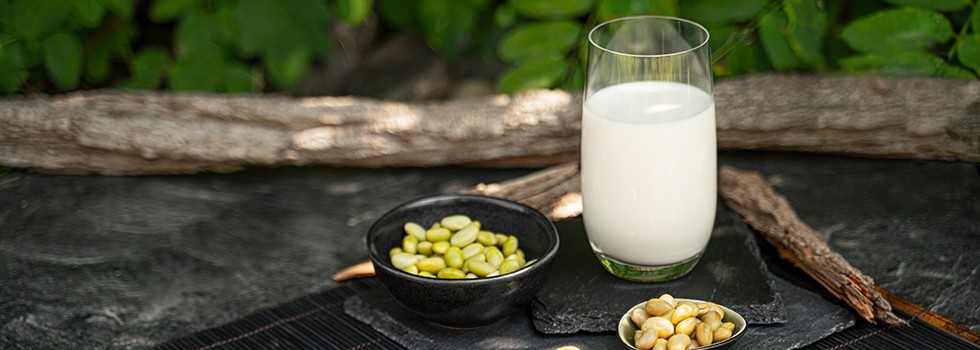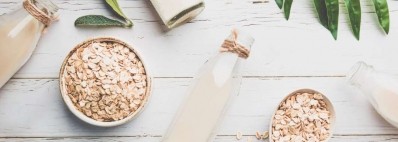Promotional Features
The production of milk alternatives
Plant-based drinks are currently one of the most promising beverage categories – certainly in the European and North American markets.
In recent years, consumers have begun to rethink their nutritional choices. Avoiding animal products in daily nutrition is no longer affecting just strict vegetarians or vegans. With a big impact: ten years ago, plant-based milk alternatives were more likely to be found as niche products, especially in organic shops, today they have arrived in every supermarket without exception - and the shelves are getting fuller and more colorful. There are different types of milk alternatives, which are based mainly on soy, oats, spelt, buckwheat, rice, almonds, or other nuts.
When it comes to producing and bottling milk alternatives, it’s completely clear that the production of them differs from conventional milk in certain process steps. But how do the underlying raw materials affect the production of milk alternatives?
Differences appear in the process technology
If you take a look at the main production steps, they are essentially the same. The raw material has to be milled (wet or dry) and filtered or separated before blending other ingredients in. To make the products shelf-stable, they are heat-treated and homogenized, after which they are filled aseptically.
But there’s more behind it. Based on the input materials used, the individual process steps can be quite completely different. Questions that arise in this context are, for example: is the raw material fresh or dried? Are they whole nuts or grains? Or is the raw material processed as meal or flours?
Milling
The first differences already become apparent during grinding, as the whole process varies depending on the raw material used: The deciding factors here include whether the inputs are dried or fresh, peeled or whole. Some raw materials will be roasted prior to milling. Almonds, for example, are roasted to reduce undesirable constituents such as benzaldehyde.
As cereals are usually ground into a dry flour, water has to be added. High-fat materials such as almonds and peanuts are ground into a highly viscous paste.
Preparation
To make further processing easier and in some cases to remove unwanted constituents or impurities, raw materials like soy, hazelnuts, rice, almonds, and peanuts are first soaked in water.
A blanching step may also be added to improve the microbiological profile and reduce certain original enzymes. Here, the raw material is briefly heated in water and then immediately cooled.
Cereals must be treated differently, as the starch components must be broken down using hydrolysis in the first step. Because the starch is separated into dextrins, this step influences the viscosity of the product by preventing gelatinization. The step also has an effect on the product’s sweetness as the dextrins are separated into maltose and glucose.
Unwanted constitutive parts can then be removed or deactivated by subsequent heating of the liquid: Heating for example deactivates the lipoxygenase enzymes, responsible for the typical “beany” flavor in soybeans.
Filtration/separation
Both soy and cereals contain a relatively high content of insoluble fibers. To produce a beverage that is easily digestible, the fibers must be removed in either a decanter centrifuge or a filtration process. Such a process is not necessary for almonds.
The remaining residues can be dried and pressed and made available for example to animal feed manufacturers. Another possibility is to collect the fibers and return them back into the manufacturing process for a second extraction to increase yields.
Blending in additional ingredients
The proportion of protein, fat, mineral, or vitamin varies depending on the raw material used. During production of plant-based drinks might have to add plant oils, vitamins, or minerals, or even salt, sugar, or stabilizers to the product.
Heat treatment and homogenization
To receive a shelf-stable final product, heat treatment and homogenization are done before filling. In most cases the product also undergoes ultra-high temperature, as it’s sold at room temperatures in the supermarket. A high-pressure homogenization afterwards reduces the size of residuals, so fat remains in suspension and does not separate out.
Aseptic filling
As plant-based drinks resemble milk not only visually but also in their sensitivity, aseptic filling is necessary to ensure a long shelf life. For this purpose, Krones offers with the Contipure AseptBloc DN a proven technology for filling plant-based drinks aseptically and reliably.


